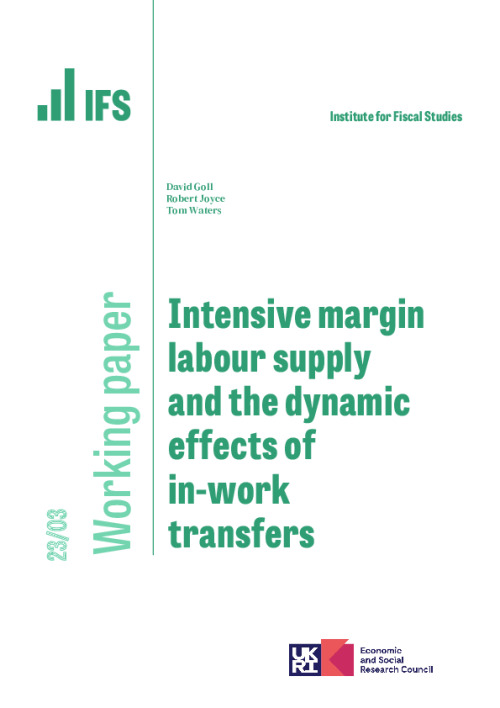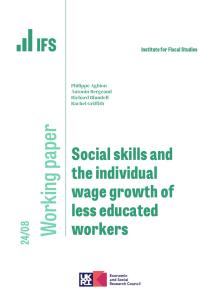Policy-makers have increasingly turned to ‘in-work transfers’ to boost incomes among poorer workers and strengthen work incentives. One attraction of these is that labour supply elasticities are typically greatest at the extensive margin. Because in-work transfers are normally subject to earnings-related phase-outs, they tend to most strongly incentivise part-time work, weakening intensive margin incentives for many. But part-time work may generate relatively little in the way of human capital and career progression. How should these dynamic considerations affect the design of in-work transfers? To assess this we use a dynamic model of female labour supply with endogenous human capital accumulation. Among reforms that would cost the same amount on a no-behavioural-response basis, those that incentivise full-time work can end up costing considerably less than those that incentivise part-time work, once the dynamic responses - including human capital accumulation - are accounted for. They also do more to increase incomes, including among poorer households, and to raise welfare. Our results suggest that in-work transfers could be refined by paying greater attention to the intensive margin effects through the design of their phase-outs.











